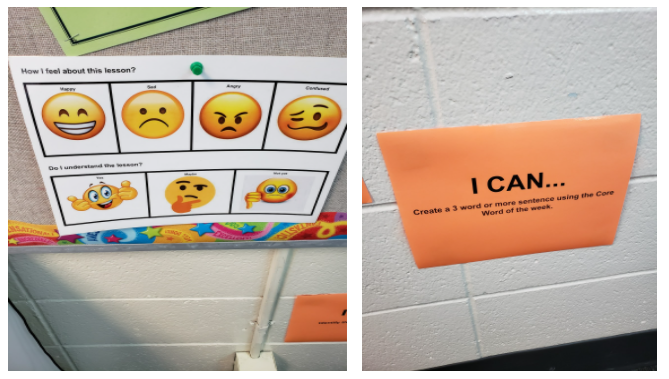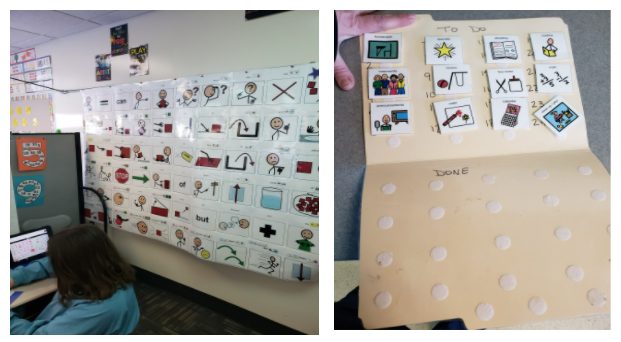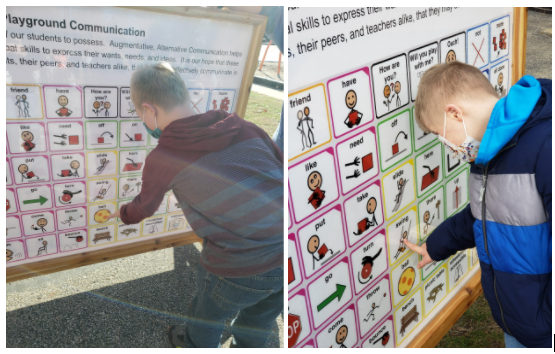Have you ever had a day where you couldn’t get your thoughts and feelings into the words you needed? Have you ever been so frustrated or overwhelmed you couldn’t articulate those feelings and just felt like screaming or crying? I know I have had days like this. So many of us take for granted that we can have a verbal conversation with someone and share those thoughts, feelings, and frustrations. But what if you couldn’t… what would you do?
I often think of these things as I work with my students with complex communication needs. Many of my students use an alternate method of communication or numerous means of alternate communication. I work with students who use modified sign language, Augmentative Alternative Communication (AAC) devices, picture boards, and verbalizations. I have worked really hard to try and make sure every student I teach has a mode of communication… it may not be a standard mode to some… but it’s a mode that works for that student. I have had students who used eye gaze, facial expression changes to indicate a response, picture cards, pointing, etc. The main thing it comes down to is building a relationship with each student and figuring out what works for them to “show/tell” what they know.
I currently have a student that when he moved into our district had some basic sign language, but did a lot of screaming and vocalizing his displeasure. We started with choosing pictures to communicate his wants and needs. We continued to work on growing his base of understandable sign language signs, using American Sign Language (ASL) as the goal, but knowing his physical needs, we knew some signs would not be perfect! Today, he uses a communication device and has learned to scroll down to what he wants. It wasn’t easy; it was days of a lot of headaches, but the smile on his face now when he uses his device to communicate what he wants to us, that’s why I do what I do.
This has become my passion, my purpose, my “why” if you will. Communication is key to every area of our lives. How do we function without it? We can’t. We have to communicate-- behavior is communication, body language is communication, facial expressions are communication. There are so many ways to communicate if we just take the time to learn what works with and for our students.
If you follow me on Twitter (@JamieWithering2) you have seen me tweet about the importance of visuals. I love visuals! I need them to function in my daily life. I need them to communicate to me what is happening around me and what I need to do. The red octagon telling me to STOP, the green light telling me to go, the yellow telling me to be cautious, my color coded lesson plans and calendar telling me who I am supposed to be working with and when. If our daily lives need these types of visuals to keep functioning, think how much more important it is for students with complex communication needs to have access to visuals.
My students have a visual daily schedule that tells them what is happening and what time it is happening. I have classroom rules and expectations visuals, “I can” statement visuals, and even more importantly, core word and communication visuals all around my room. Students need access to ways to communicate. Students need teachers and speech therapists willing to stand on their heads if need be to give them that access. I have learned that the more I am willing to go that extra mile to find the communication tools, visuals, access points, etc, the more I am able to connect with my students and the more they connect with being able to communicate.
I have also learned that Teamwork Makes the Dream Work. I have partnered closely with my Speech Therapist, PATINS Project, and other passionate educators in my district to create an Accessible Educational Materials (AEM) team. By sharing my passion for communication and visuals, my team was able to create two Playground Communication Boards. They are pictured below with students using them. These boards were a dream for my Speech Therapist and myself, but they became a reality thanks to the buy in from teachers across my amazing district. They were constructed by the high school Industrial Technology teacher and his students. I truly believe it takes a village to make great things happen for students.
All this to say Communication is Key! Don’t give up on students, have high expectations and presume competence. In the end, it’s all for students, and don’t they deserve to have a voice no matter what that looks like?!

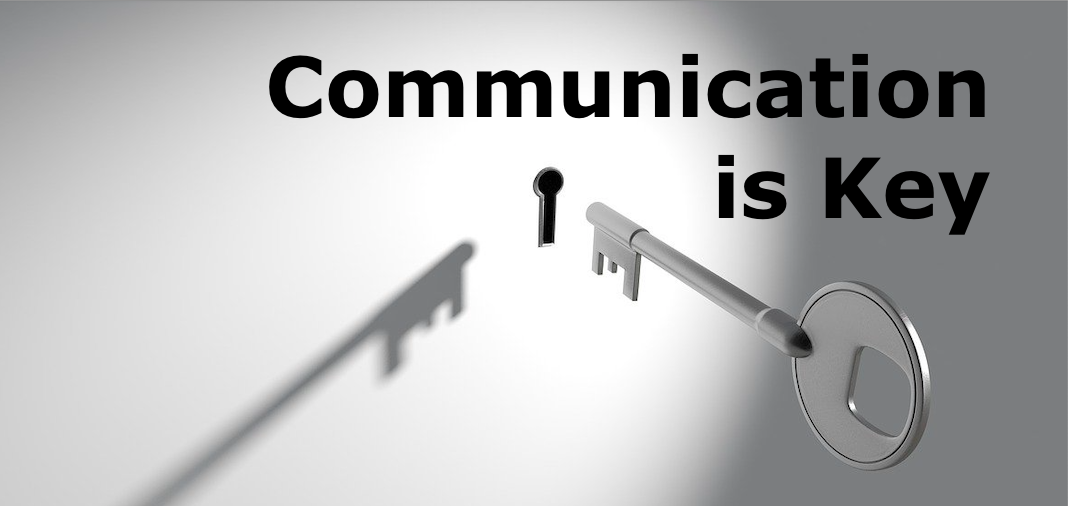
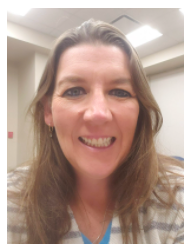 month I'm thrilled to present a guest blogger, Jamie Witherington. She has been a teacher for students with intense needs for 19 years. Her career began with Indianapolis Public Schools before moving to Greenwood Community Schools, where she has taught for the past 14 years. She presented at the PATINS Access to Education (A2E) Conference in 2019 and was also a Project Success Model Site Teacher during the 2019-20 school year. When she's not passionately supporting her students' communication in the classroom, she is a mom to 3 amazing kids, coach, friend, and lover of all things gnomes.
month I'm thrilled to present a guest blogger, Jamie Witherington. She has been a teacher for students with intense needs for 19 years. Her career began with Indianapolis Public Schools before moving to Greenwood Community Schools, where she has taught for the past 14 years. She presented at the PATINS Access to Education (A2E) Conference in 2019 and was also a Project Success Model Site Teacher during the 2019-20 school year. When she's not passionately supporting her students' communication in the classroom, she is a mom to 3 amazing kids, coach, friend, and lover of all things gnomes. 